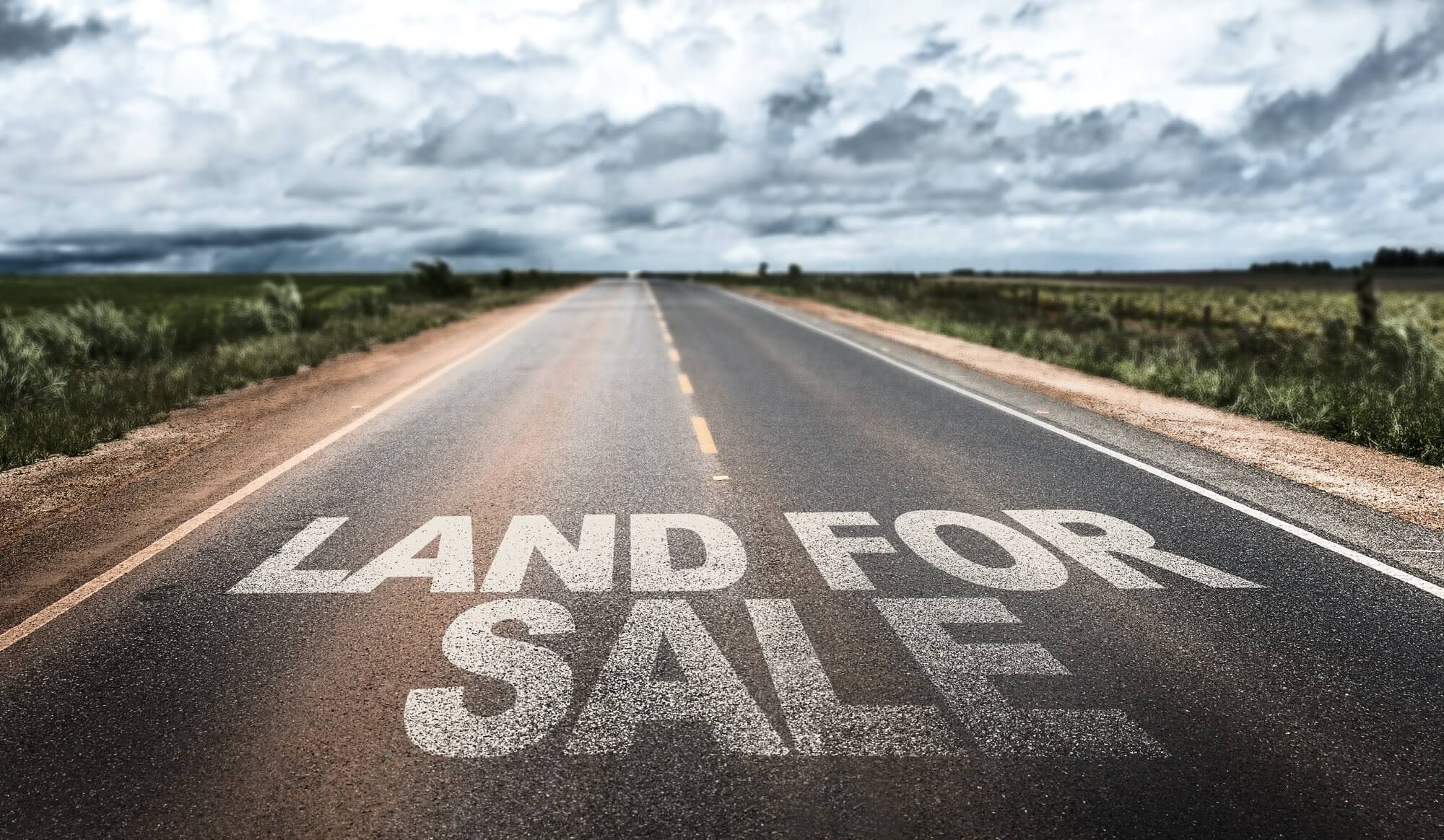
FARMLAND RETURN ON INVESTMENT IS SOLID AND STEADY. AND THAT’S OK. By Bill Spiegel
In the 2014 book, The Death of Money, author James Rickards writes there are five assets people invest in over time to preserve their wealth. In order of importance, they include gold, undeveloped land (including farmland), fine art, hedge funds, and cash.
By Rickards’ account, farmland is a good bet in today’s tumultuous economy, says Mark Dozour, former chief economist of the Real Estate Center at Texas A&M.
The combination of COVID-19 and cheap crude oil form a black swan, a cataclysmic economic activity that could not be predicted. COVID-19’s impact on the U.S. economy will almost certainly lead to an economic recession, ending an unprecedented period of economic growth, says Dozour, who joined Steve Bruere, owner of People’s Company, an ag real estate firm, in a March 24 teleconference about farmland values in the wake of COVID-19. The more than 600 folks who joined in the call learned that farmland is holding relatively steady – despite the freefall in other investment vehicles, including the New York Stock Exchange, which has lost 30% of its value in the last 45 days.
“The farmland market has slipped 2% to 3% the last few weeks, yet a sale we had last Friday met expectations,” says Bruere, whose Clive, Iowa-based firm sponsors the annual Land Expo each January.
“There is money out there, and you have to figure out a way to make it move,” Bruere continues. “The time to buy a farm is when it’s for sale. And we’re doing our best to move forward.”
“The time to buy a farm is when it’s for sale. And we’re doing our best to move forward.”
Bruere says his staff believed that as the stock market began to plummet, investors be eager to invest in farmland as a relatively safe investment that provides a relatively modest capitalization rate of 3% to 4% each year.
“Our intuition was that folks would go to farmland as a safe haven [investment],” he adds. “But some of the folks we saw as farmland buyers three to four weeks ago have put the brakes on. They are seeking higher returns elsewhere.”
Some investors believe that a tanking stock market is an investment opportunity, with potential large payouts in the future.
Capitalization rate – often called the cap rate – is the ratio of net operating income (NOI) to property asset value. Let’s say a quarter-section of land sold for $1.6 million, or $10,000 per acre. If it has a NOI of $300 per acre, or $48,000, the cap rate is 3%.
That’s solid, but not as attractive as riskier investment opportunities.
Dozour believes the cap rate on farmland will continue to decline, while the cap rate on other real estate investments – apartments and hotels, for example – will increase. That’s because the risk and reward ratio is greater for those investment vehicles.
SOLID AND STEADY
Bruere recalls when commodity prices peaked in 2008 and farmland prices soared. While farmland values have dipped since, they have stayed resilient relative to grains – even during trade tariffs, COVID-19, and lower commodity prices.
That resilience is appealing to certain investors, Dozour says.
“When I assess the risk of any asset, I need to have some confidence about the income potential. If I’m a brand-new investor, I don’t care what the income was in happier days. I want to know what’s happening now,” he says.
BE CAREFUL OF CHEAP
Finally, a word of caution about shifting assets from farmland for something riskier. “Sell land to buy stock? 1929 comes to mind,” Dozour says. “It might be a good idea, but just because something is on sale doesn’t mean it’s cheap. People tell me stocks can’t get to zero. But they can. It doesn’t mean the value of the company is zero; it means the company value is less than the total debt.”